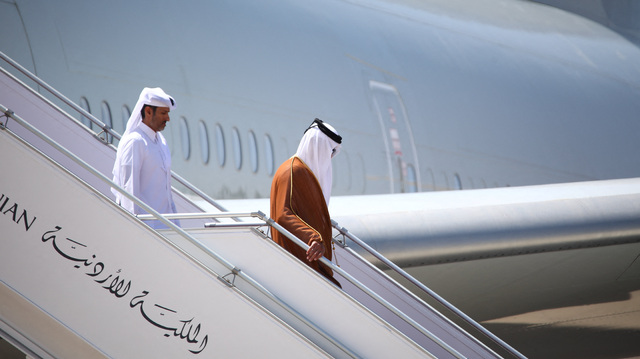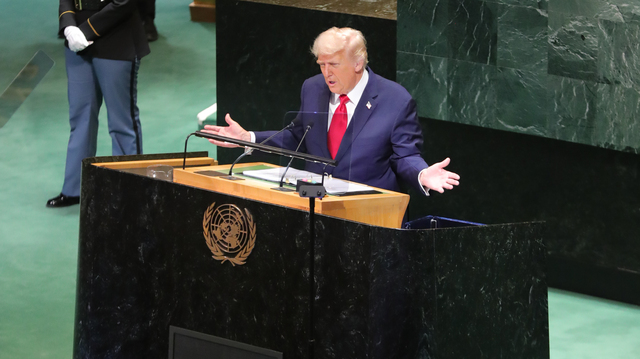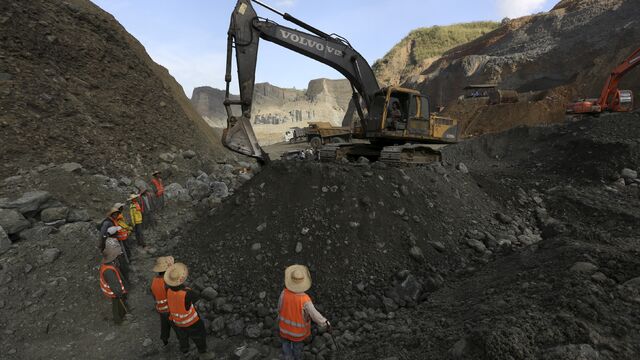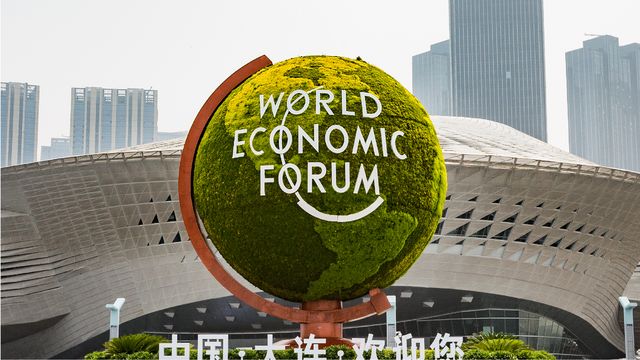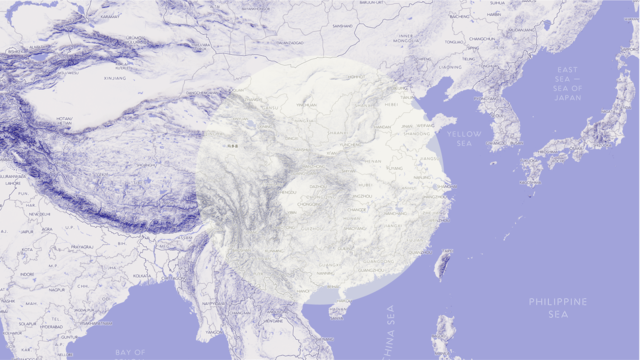Five Years After the 2016 PCA Ruling: An update on the Asian security situation, where the status quo is in jeopardy
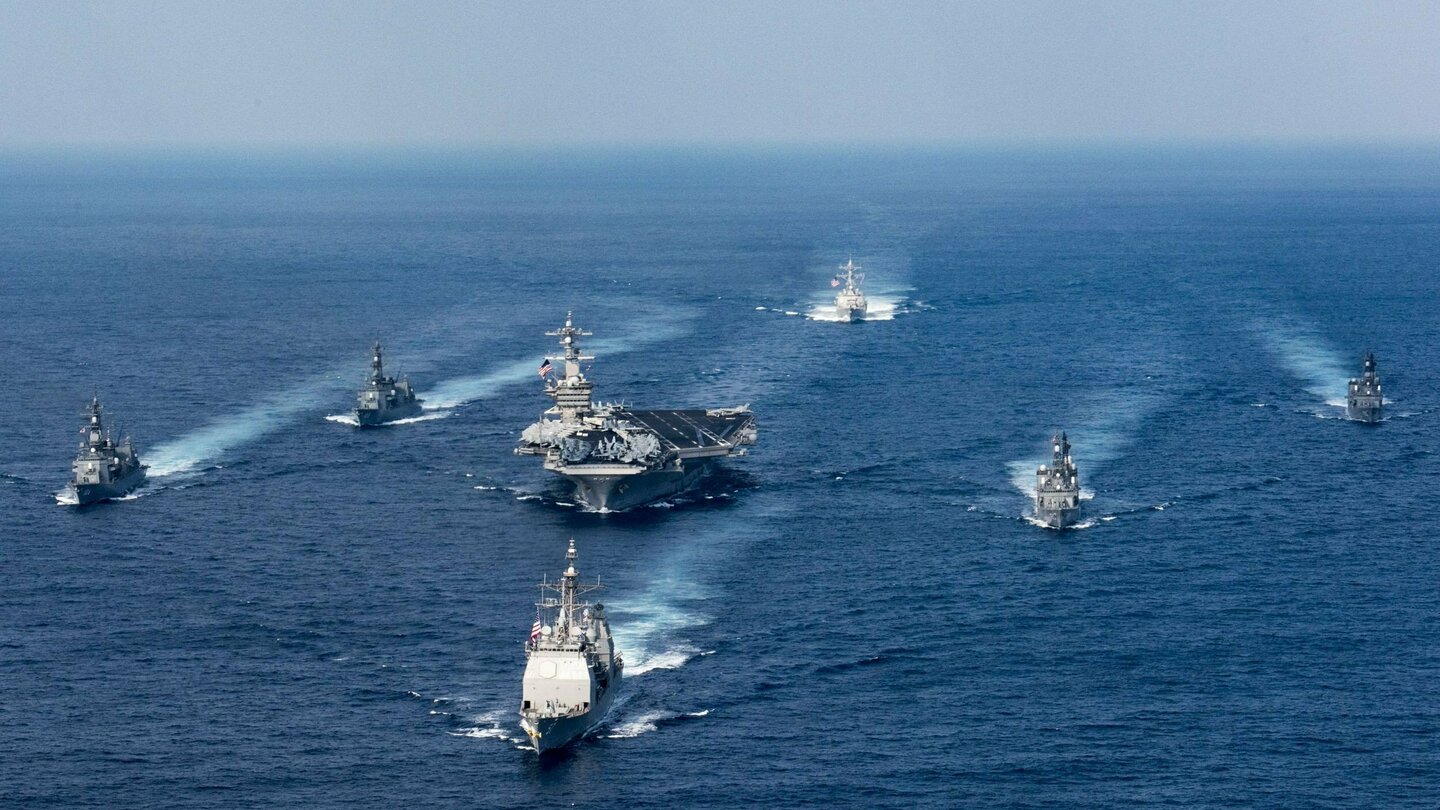
July 12th 2021, marked five years since the Permanent Court of Arbitration (PCA), in response to a lawsuit filed by the Philippines, ruled against any historical basis for China’s claims in the South China Sea. What has changed during that time? The answer is that China, ignoring international rulings that are unfavourable to Chinese interests, completed the construction of artificial islands, deployed military aircraft, and steadily prepared for domination of the South China Sea, East China Sea, and Western Pacific using its navy (the People’s Liberation Army Navy), Coast Guard, and maritime militia. The international community has been powerless to stop these unilateral actions.
In fact, for the past decade, China has been increasing its aggressive profile with strategic resources. China no longer hides its military power and ambitions to become a superpower or at least a peer to the United States. Beijing is pursuing its national interests to the maximum extent possible while avoiding direct confrontation with the United States by utilizing what is known as the “three warfares” approach with grey zone tactics. These are public opinion warfare, legal warfare, and psychological warfare. In addition, China has been beefing up its military power, including its maritime militia and Coast Guard, because Beijing believes that “military strength is the ultimate power to secure national interests and avoid another humiliation.” China has also bolstered its economic power by attempting to strengthen its economic influence over neighbouring countries, even as China’s vulnerability has increased due to its increasing dependency on Sea lines of Communication (SLOC) for imported resources, trade, and supply chains.
Public opinion warfare: projecting a positive image of China
First, in public opinion warfare, propaganda, the state-run media, and government-sanctioned academics are utilized to improve China’s international image and demonstrate that China’s claims have legitimacy.
For example, Nguyen Thuy Ahn’s research, published by the Centre for Strategic and International Studies (CSIS) on July 15, 2020, found that 260 articles by Chinese scholars claiming the legitimacy of the “nine-dash line” were published in 20 major academic journals worldwide. As Greg Poling points out, an important aspect of this effort is that China’s target audience is not the developed world, but the developing world. Given that the population of developed countries will decline, while the population of developing countries is rapidly increasing, the spread of discourse praising China in developing countries that receive economic assistance from Beijing will bring negative consequences.
China also promotes criticism of US military activities in the South China Sea, and claims “violations of international law” by Vietnamese fishing boats in Twitter posts from the “SCS Strategic Situation Probing Initiative.” This sophisticated-looking website, which is operated by Beijing University, also claims that US naval vessels and airplanes “intimidate” China.
In addition, the Chinese government opened a virtual museum on the Senkaku Islands that purports to show China’s historical territorial claims are correct. A Japanese version of this museum was released online in April 2021. Furthermore, the Chinese Ministry of Natural Resources released a detailed map of the Senkaku Islands based on satellite information which attempts to demonstrate that China has effective control over the islands. However, this is a baseless claim, as there are no records of economic activity on the islands.
Legal Warfare: bending the international legal system in its favour
Legal warfare involves studying international law and utilizing it as a tool to secure China’s national interests, ensuring that the law is interpreted in China's favour. For example, in April 2020, China incorporated the Paracel Islands and the Spratly Islands into the administrative unit of Sansha City. The purpose of this action was to assert its sovereignty by exercising administrative authority under China’s domestic laws. A similar move was made last year in the East China Sea, where 50 seabed forms around the Senkaku Islands were given Chinese names.
The most serious concern to date is the content of the China Coast Guard Law enacted on February 1, 2021. Many media expressed unease about the “use of weapons” defined in Article 22 of the law. However, the Coast Guard laws of various countries, including Japan’s Coast Guard Act, also allow for the necessary use of minimal force for warnings, arrests, and self-defence. Therefore, I think this problem is not as serious as Article 21 of the law, which authorizes the Chinese Coast Guard to call a halt and force to push out foreign warships and foreign government ships used for non-commercial purposes, such as Coast Guard cutters or research ships operating in “waters under China’s jurisdiction.” It is important to remember that the UN Convention on the Law of the Sea (UNCLOS) provides for the immunity of warships in Article 95, and the immunity of government ships for a non-commercial purpose in Article 96. (An exception of immunity for warships and government ships in territorial water is carved out in Articles 30 and 31.)
The critical difference is the phrase “waters under China's jurisdiction,” mentioned in Articles 3 and 21 of the Chinese law. This is a new concept that is not found in UNCLOS, which defines the borders of the territorial sea, the contiguous zone, the exclusive economic zone, and the high sea.
China’s definition of these is ambiguous. A draft of the law once defined “water under China’s jurisdiction” to mean “China’s territorial waters, contiguous zone, exclusive economic zone, continental shelf, and all waters under China’s control.” However, this was deleted from the final version of the law, which nevertheless seems to include waters in the nine-dash line and waters disputed with other countries. Another concern is Article 25, which empowers the Chinese Coast Guard to declare a “temporary maritime alert zone,” and prohibit all ships from entering the zone. The ostensible purpose of such a zone is for military exercises, but Beijing can set it unilaterally in an emergency such as a Taiwan crisis.
The Chinese government argues that the Coast Guard Law is in accordance with Chinese domestic laws, as well as international law, and does not challenge any other countries. But in reality, it poses a clear challenge to existing international law. China’s practice of interpreting and using international law to its own advantage, while ignoring it when it is inconvenient, shows that China cannot become a “great power” responsible for regional order.
Psychological warfare: applying pressure with hard power
Psychological warfare is a method for making another country act in accordance with China’s national interests by applying various military and economic pressures other than the direct use of military force. For example, China ignored international law by turning rocks that were submerged during high tide into artificial islands and claiming an EEZ around them (UNCLOS allows to declare only territorial water from a rock, which should not be submerging during high tide). A photo released by the US Naval Institute News on June 10, 2021, shows KJ-500 Airborne Early Warning and Control (AEW&C) and Y-8Q Maritime Patrol aircraft parked at an airbase on Fiery Cross Reef, one of China’s artificial islands. In addition, new preparation work for the construction of facilities on Subi Reef, another artificial island, was observed in March 2021.
Along with the People’s Liberation Army Navy (PLAN) and Coast Guard, China has also formed a maritime militia by financially subsidizing fishermen who have military experience and using them for various missions. For example, in February 2020, China deployed maritime militia fishing boats to sabotage Malaysian survey activities being conducted in Malaysia’s EEZ by the drillship “West Capella,” leased by the Malaysian government. In March 2021, up to 222 large maritime militia vessels gathered at Whitsun Reef (a.k.a. Julian Felipe Reef) in the Philippines, increasing the silent pressure on Manila.
Another problem: Research vessels owned by Chinese state agencies or institutes, which are government ships granted guaranteed immunity by UNCLOS, have been surveying within the EEZs of other countries without prior notice or permission, as required by UNCLOS. These research activities have been observed not only in the South China Sea and the East China Sea, but also close to Guam and the Indian Ocean.
Meanwhile, in the East China Sea, China’s unilateral development of underground resources continues, with the world’s largest Coast Guard cutters – Zhaotou-class (12,000 t) and new Zhaoduan (Type 818)-class (4,000t) cutters with 76 mm guns – continuously deployed around its 16 rigs in the East China Sea.
Furthermore, in the waters around the Senkaku Islands, China has employed what is known as the “4-3-2” formula: four CCG cutters enter three times a month for two hours. In addition to this violation of Japanese waters, the cutters are constantly deployed in the contiguous zone around the Senkaku Islands, following Japanese fishing boats as they approach the islands. This pattern has intensified over the past year. There is already confirmation this year that CCG vessels stationed there for 157 consecutive days until July 20, when they left from the water for the first time this year. This clearly shows China’s refusal to allow Japanese fishing boats to operate in the waters surrounding the Senkaku Islands. However, unlike the “bullying” of Vietnamese fishing vessels in the South China Sea such as the April 2020 incident, there has been no ramming, stopping or on-site inspections of Japanese fishing vessels by Chinese Coast Guard ships, suggesting that China is being careful not to upset bilateral relations between Japan and China, and risk increasing regional tension.
However, after the April Japan-US summit meeting between Prime Minister Yoshihide Suga and President Joe Biden, which reaffirmed Japan-US cooperation by announcing the “Japan-US Global Partnership,” and clearly stated the importance of maintaining “peace and stability in the Taiwan Strait” for the first time, the Global Times, a Chinese government-affiliated newspaper, stated that the “momentum for improving relations between Japan and China has been lost.”
Rapid military build-up is continuing
The Chinese Communist regime exercises its military and economic power as “hard power” in order to counter the United States, to promote Chinese nationalism, and to emphasize the legitimacy of the Communist regime to its own people. Military and economic power is an important strategic resource in advancing the three types of warfare as well.
This strategy can be seen in an increase in the frequency of exercises and flights, expanded areas of action, and the development of anti-ship ballistic missiles (ASBM) such as the DF-21D and DF-26B for an Anti-Access/Area Denial (A2/AD) strategy designed to keep other countries away from China’s First Island Chain and Second Island Chain. As in 2019, China conducted ASBM tests from inland China to the South China Sea in August 2020. A Chinese scholar claimed that the missiles successfully hit and sank a moving target, although there was no official confirmation from the Chinese authorities. And it is worth noting that ASBMs have been plagued by technical difficulties in searching, targeting, and terminal guidance, which makes their use in actual combat still questionable.
Furthermore, since then-President Hu Jintao decreed that China must “become a maritime power” in November 2012, the country has been strengthening not only its naval forces, including maritime militias, Coast Guard, and research vessels but also its political and administrative systems. In this respect, it is useful to compare the number of major naval vessels commissioned between January 2020 and the end of June 2021. While Japan commissioned two Aegis destroyers and two diesel submarines, China commissioned 36 major naval vessels, including two Type 075 LDH and three Type 055 destroyers. In other words, the Sino-Japanese build-up of naval vessels has been in a 9-to-1 ratio favouring the Chinese. Particularly curious is the commissioning of two 5,000-ton medium-sized hospital ships (Naiyi 12 and Nanyi 13) and their deployment to the South Sea Fleet. China intends to use the hospital ships to promote its soft power in the Southeast Asian and Pacific Island states. In addition, China continues to build its third Type-003 aircraft carrier with three catapults. The size of this ship puts it in the same category as a US Nimitz-class aircraft carrier.
According to statistics released by the Joint Staff Office of Japan, the number of scramble missions conducted by the Japan Air Self-Defence Force (JASDF) declined from 64 in April 2020 to 51 in April 2021. JASDF recorded 36 such missions in May 2020, and 20 in May 2021. Overall, the number of scramble missions has decreased this year. However, this is not because Chinese military aircraft are flying less – the number of flights has actually been increasing – but because of JASDF’s realization that if the SDF continues to scramble in response to every flight by the Chinese air force, the service life of its F-15J jet fighters (200 hours a year for 40 years, a total of 8,000 hours) may end sooner than planned. Taiwanese defence authority also declared to reduce its response to frights by the Chinese air force.
Cold political relations, hot economic relations
Despite the COVID-19 pandemic, China has had a rapid economic recovery thanks largely to strong domestic demand in the United States. And Asian countries have been able to maintain growth in their economies thanks to the Chinese economy. As a result, ASEAN became the largest trading partner for China in 2020, with USD 684.6 billion in trade value (by comparison, ASEAN-EU trade in 2020 was USD 223.23 billion). Japan’s trade relations with China reached USD 325.7 billion in 2020, almost the same level as in 2019, while trade with Japan’s other partners decreased. As a result, economic relations between China and other Asian countries have deepened.
Furthermore, the Regional Comprehensive Economic Partnership Agreement (RCEP) was signed last November, creating a huge economic zone that includes China, ASEAN, Japan, and Australia. China ratified the RCEP in March this year and Beijing is aiming for it to enter into force in January 2022. Japan also ratified the RCEP at the end of April this year, but at the same time, it plans to strengthen cooperation within the Comprehensive and Progressive Agreement for Trans-Pacific Partnership (CPTPP), which came into effect in December 2018. In particular, the United Kingdom formally started negotiations for accession to the CPTPP on June 22 this year. Unlike the RCEP, the scope of cooperation in the CPTPP, which includes protection of intellectual property and regulation of state-owned enterprises, is expected to produce important economic effects for participating countries such as Japan and Vietnam.
From an economic point of view, deepening economic ties and interdependence have eliminated the significance of distinguishing the South China Sea from the East China Sea. This may be the effect of neoliberal institutionalism, which claims that “expectations of future benefits” from economic interdependence will encourage countries to avoid conflict.
The pressures on Asian countries
In conclusion, while the coronavirus variant brings a new wave of global infection, China is continuing its “business as usual” approach, strengthening its military capabilities and deepening economic ties with neighbouring countries. As economic development is the foundation of the Communist Party’s domestic political power, it seems unlikely that the Chinese leadership will throw away its expectations for future economic gains. However, efforts to change the status quo through the three types of warfare described above are steadily increasing. By the time the international community becomes aware of these grey zone operations, it is too late to stop them. For an example, look no further than China’s land reclamation of artificial islands.
It is an undeniable fact that China’s military has already reached a level that neighbouring countries cannot hope to attain. With Beijing’s increasing self-confidence, even the dominance of the US Navy in the Western Pacific is in jeopardy. In March of 2021, the US Pacific Command announced the “Pacific Deterrence Initiative,” which includes defending Guam with a missile defence network. This is clear evidence of a perceptual shift by US defence authorities.
China also aims to make its industrial standards, particularly in areas such as 5G and AI, into international standards through its “China Standard 2035” initiative. The Chinese government is manipulating domestic public opinion by asserting that “China is correct and strong, while the US and its partners intimidate and humiliate China,” and justifying its unilateral behaviours as an effort to keep economic activities by competing countries out of waters under its jurisdiction. This behaviour depends on the very narrow-minded ideology of Han Chinese superiority coupled with President Xi Jinping’s “China Dream” vision, which the rest of the world cannot accept. Indeed, the anti-China tone in many countries has been increasing due to China’s growing assertiveness. Chinese leaders do not seem to realize that China’s own arrogant behaviour and bullying toward other countries has damaged the country’s standing in the world, even as they try to improve its image through media warfare.
In the persistent bipolar competition between the US and China, Asian countries should not be forced to choose between the two. The effectiveness of European involvement in the Indo-Pacific depends on avoiding bipolar confrontation by fostering multilateralism in the region. European countries also can play an important role by strengthening their own military preparedness for a transatlantic alliance, preventing China from illicitly obtaining advanced technology and information, and by reducing the export of dual-use goods to China. In any case, the maintenance of a rules-based order and the peaceful resolution of problems through multilateralism are the most basic values that should be shared by all countries, including China.
For those who think that Indo-Pacific issues have nothing to do with the landlocked Czech Republic, a reminder: Most of the semiconductors used by the Czech automotive industry are produced on manufacturing lines that Taiwanese companies have in China and Taiwan. If the situation in Asia grows tense, and if SLOCs are blocked, that will have a major impact on the Czech industry as well.



